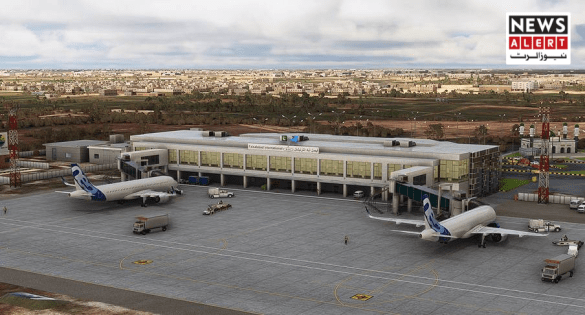Lahore, the cultural and economic hub of Pakistan’s Punjab province, has once again emerged as the world’s most polluted city, according to recent environmental reports. The city’s residents are being warned about the severe health risks posed by the deteriorating air quality.
Air Quality Reaches Dangerous Levels
According to the latest data, Lahore’s Air Quality Index (AQI) reached 253, placing it firmly in the hazardous to health category. Alarmingly, in some areas, the pollution levels were significantly higher. For instance, in the early morning hours near Barkee Road, the AQI spiked to 485—levels considered extremely dangerous even for healthy individuals.
Such high pollution levels have made breathing a serious health concern for Lahore’s 11 million residents. Doctors report an increase in respiratory illnesses, throat irritation, and eye discomfort, particularly among children and the elderly.
Punjab Cities Struggle with Pollution
Lahore is not alone in facing the air quality crisis. Other major cities in Punjab are also grappling with rising pollution levels. Faisalabad, Multan, and Rawalpindi have reported similar spikes in AQI, though not as extreme as Lahore’s. Environmental experts note that winter months and crop-burning season exacerbate air pollution in the region.
Residents have been advised to limit outdoor activity, wear masks, and take precautions for vulnerable family members. Schools in highly affected areas are sometimes asked to suspend outdoor activities temporarily to protect children from hazardous air.
Global Comparison: How Lahore Ranks
On the international stage, Lahore now ranks first among the world’s most polluted cities. It is followed by New Delhi in India, which has long struggled with toxic air, and Baghdad in Iraq.
Other South Asian cities also feature prominently in the rankings. Karachi, Pakistan’s largest city, recorded an AQI of 181, placing it fourth globally, while Kolkata, India, came fifth. Experts say the prevalence of air pollution in these regions highlights broader issues, including urbanization, industrialization, and inadequate environmental regulations.
Causes of the Pollution Crisis
Environmental specialists attribute Lahore’s persistent pollution to multiple factors. Vehicle emissions remain the largest contributor, with congested roads producing massive amounts of toxic fumes. Seasonal crop burning in nearby rural areas further increases particulate matter in the air.
Construction dust, industrial emissions, and unregulated disposal of industrial waste add to the problem. According to experts, without coordinated government action, these pollution sources are unlikely to decrease.
Health Recommendations for Residents
Authorities and environmental groups are urging citizens to take precautions. Recommendations include avoiding unnecessary outdoor travel, especially during peak pollution hours, wearing protective masks, and ensuring that children and older adults stay indoors.
Long-term solutions, experts say, require stricter vehicle emission standards, better waste management practices, and a reduction in crop-burning practices. Public awareness campaigns and investment in green urban infrastructure could also mitigate the health risks associated with toxic air.
A Worsening Regional Trend
The situation in Lahore reflects a broader environmental challenge in South Asia, where rapid industrial growth and urban expansion have outpaced efforts to control pollution. Health experts warn that prolonged exposure to toxic air can increase the risk of chronic respiratory diseases, cardiovascular problems, and premature death.
As Lahore continues to struggle with one of the worst air quality records globally, the need for urgent policy interventions and public awareness has never been greater.















